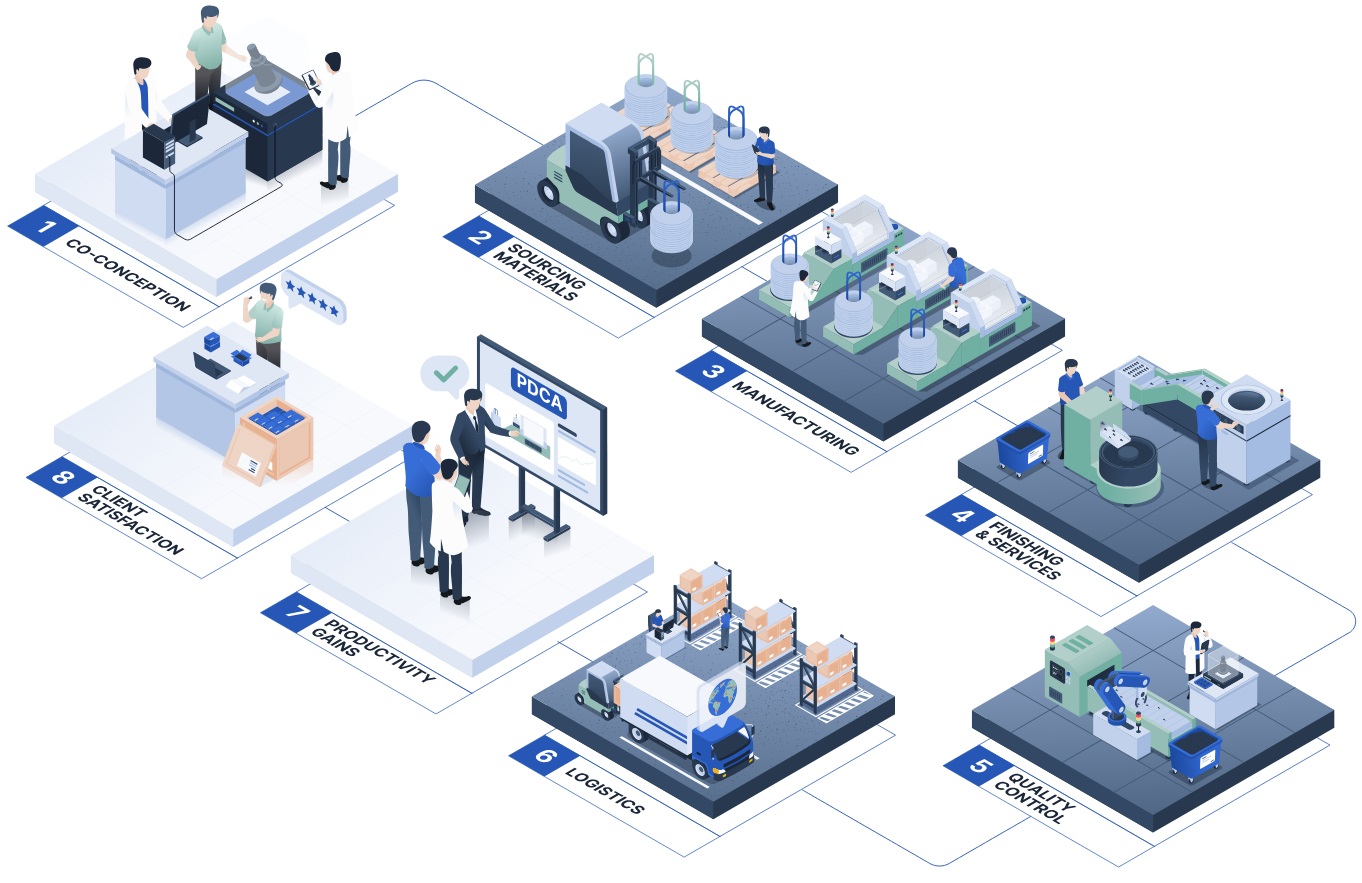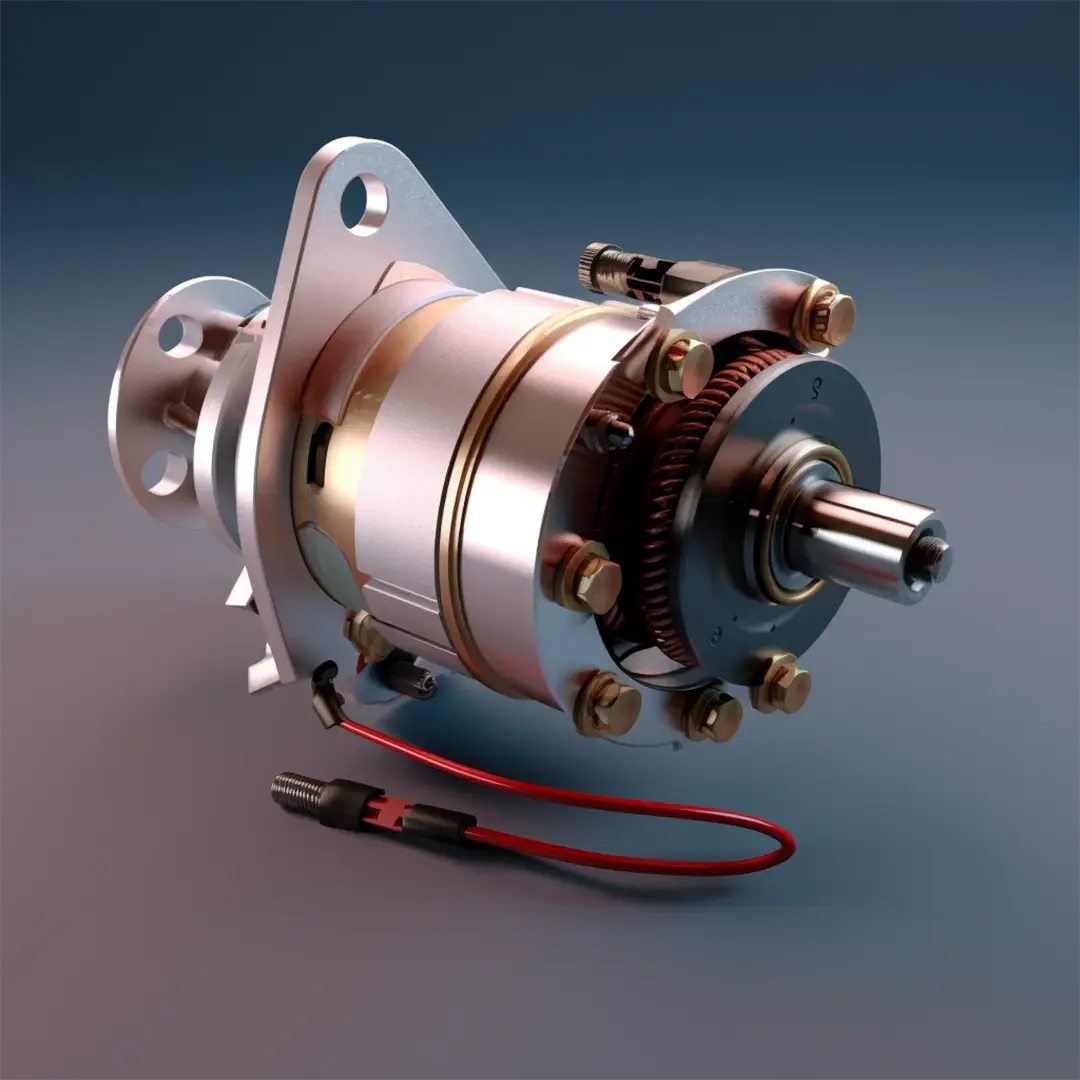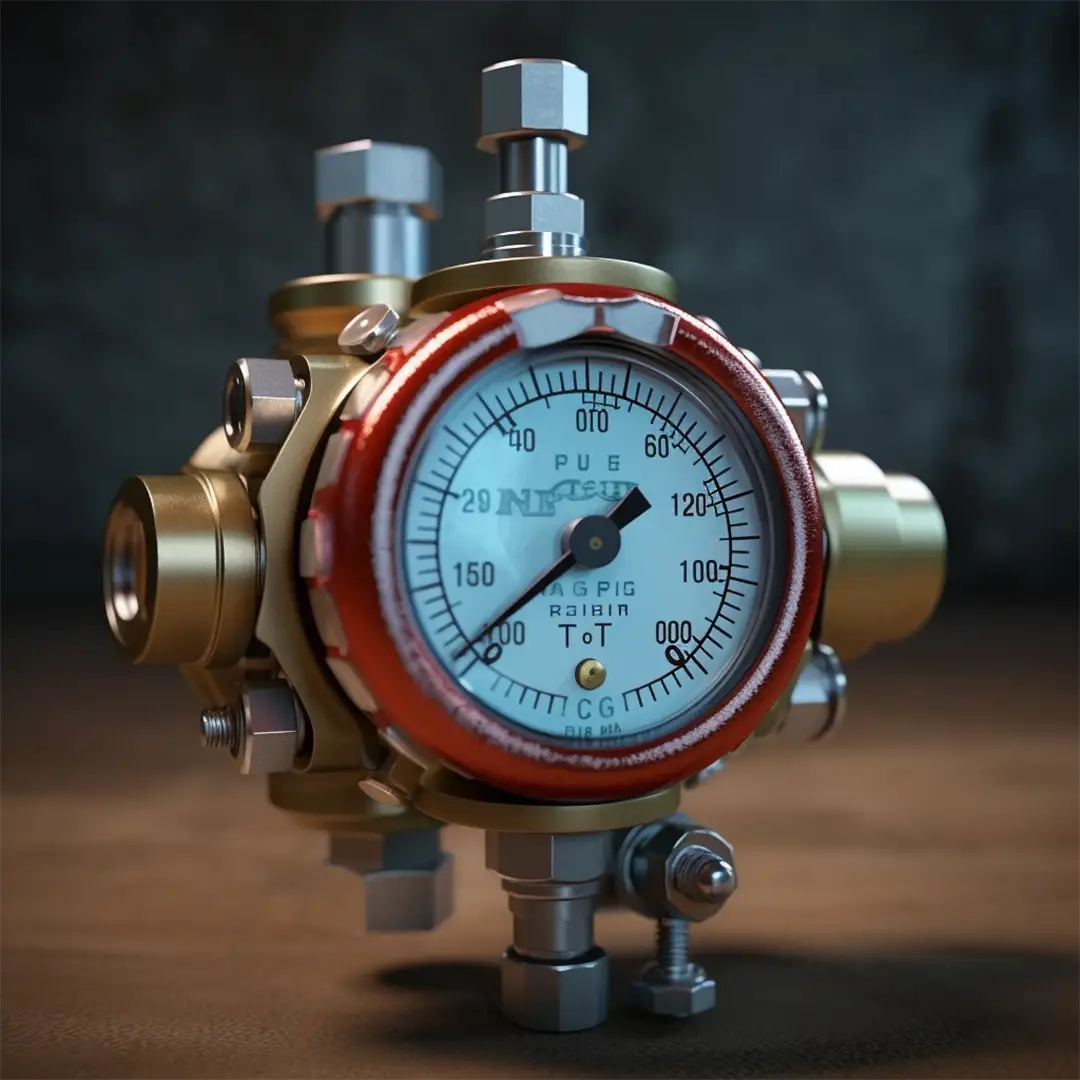2, rue de la Ternière
Avrillé cedex FRANCE
- 150 million splined pins designed every year
- Co-designer of custom fasteners for 100 years and manufacturer of standard products
- From Ø1.5 to Ø25 and from 8 mm to 100 mm
- Steel (free-cutting, forging, carbon, alloyed...), Stainless steel (CNF or CND) Aluminium, Brass, etc.
They are often used in applications where a high holding force is required (securing and positioning), such as in automotive powertrain applications.
Grooved pin iso 8739 to iso 8745 - Cylindrical pin





Grooved pin iso 8739 to iso 8745 - Cylindrical pin







- Feasibility checks using the FMEA tool, which is used to analyze failure modes, their effects and criticality.

- Production of initial samples in medium series, and validation of production with PPAPs in accordance with IATF 16949.

- Development of detailed production processes according to the APQP quality process

- Collection and analysis of production data to identify trends and variations. 3PPM in 2023.
The advantages of manufacturing with LGC Industries


.png)

.png)


- 24 Multi-spindle lathes
- 45 Tours Escomatic
- 42 Banding machines
- 8 Plunge and enfilade grinders
Find out more about the technical features of our products
Discover other products
What isa fluted part?
A fluted part is a component with grooves on its surface. The splines are grooves that are positioned parallel on the part, usually in the lengthwise direction. The mechanical splines are produced by the splining machine at the lathe exit.
Used in many industrial sectors, splined pins ensure the reliability and strength of assemblies.
Grooved parts have different functions:
- Solidarization: immobilizing an element in relation to another by means of mechanical splines and the pressure they exert in the housing.
- Positioning: the splined pin is used to position mechanical components at lower cost, as grinding and reaming operations are not required.
- Securing: the splined part serves as a securing part in an assembly, preventing parts from coming loose.
What is a spline pin?
A grooved pin is a cylindrical pin with grooves on its surface.
A splined pin can have 1, 2, 3 or 6 splines.
It's more common to find a splined pin with 3 splines at 120° in order to evenly distribute the forces in the receiving component. This is also the easiest process to implement on a spline machine.
The splines close when the pin is inserted into its seat, creating pressure between the splined pin and the receiving part. It is this pressure that maintains a tight fit between the 2 parts. This can be called "clamping at the elastic limit", as the deformation of the spline remains within the elastic deformation range of the material. This fit is more effective than an H7/p6 fit.
It can easily be compared to fretting.
LGC designs and manufactures custom-made splined pins, but there are also standards for listing them: iso 8739, iso 8740, iso 8741, iso 8742, iso 8743, iso 8744, iso 8745.
They correspond to the following standards: din 1470, din 1471, din 1472, din 1473, din 1474, din 1475.
How is an LGC spline pin made?
The LGC method for manufacturing a splined pin involves cutting a bar or wire from the desired material to the required dimensions.
Once the bar or wire has been cut, we submit the pins to one of our 30 bending machines, which have been custom-designed to optimize the quality of our pins.
The machine precisely splines the pins with two types of tools called "nails" and "rollers".
What are the different types of spline pin?
There are a multitude of spline pins, each with its own special features:
- The iso 8739, din 1470 splined pin: longitudinal splines along the entire length, non-through-going.
- The iso 8740, din 1473 splined pin: progressive splines over half the length, non-through-going.
- The iso 8741, din 1474 splined pin: progressive splines reversed over half the length, non-through-going.
- The iso 8742, din 1475 splined pin: longitudinal splines along the entire length, open.
- The iso 8743, din 1476 grooved pin: longitudinal grooves along the entire length, opening with a tapered tip
- The iso 8744, din1471 grooved pin: longitudinal grooves along the entire length, with a tapered tip.
- The iso 8745, din 1472 splined pin: longitudinal splines running the full length of the pin, with a flat tip.
PS: Debottlenecking means that the mechanical spline protrudes from the pin.
It's the need that defines the type of pin to be used. The peculiarities of these pins define their characteristics and their specificity, but all in all, grooved pins have the same advantages.
The advantages of a spline pin in general are as follows:
- Solid connection: the splines of a splined pin ensure solid, simple assembly, since grinding and reaming operations are not necessary.
- Vibration absorption: the splined pin is highly resistant to vibration, unlike a simple, split or elastic pin, which tends to slip out of its housing.
- Positioning: the splined pin is used to position mechanical components at lower cost, as precision operations are not required.
- Securing the part: the splined pin is used as a safety element in an assembly, preventing parts from coming loose.




















